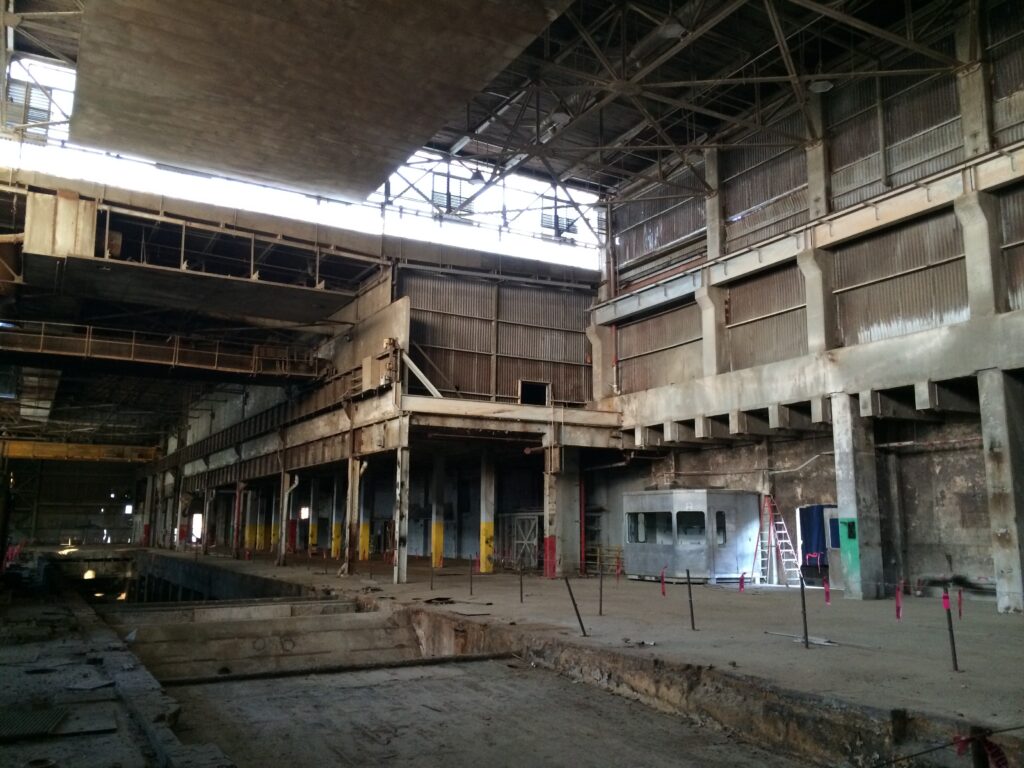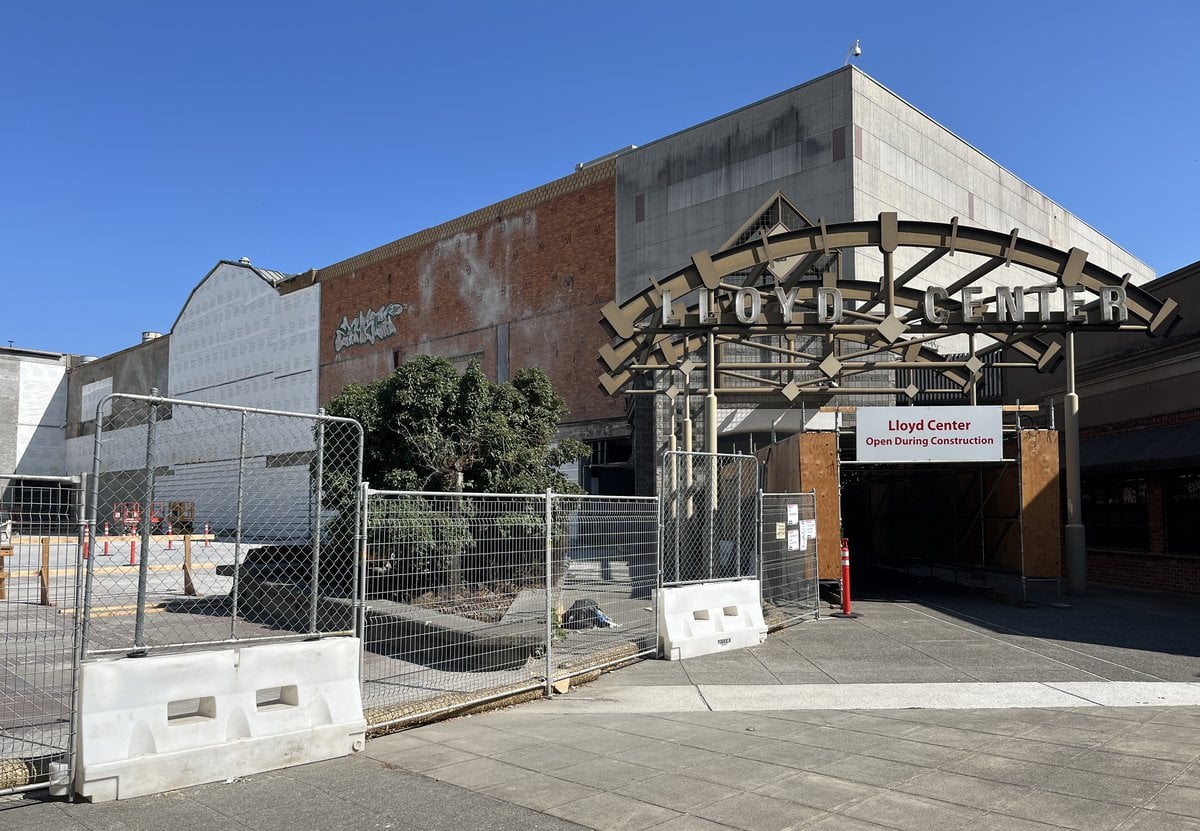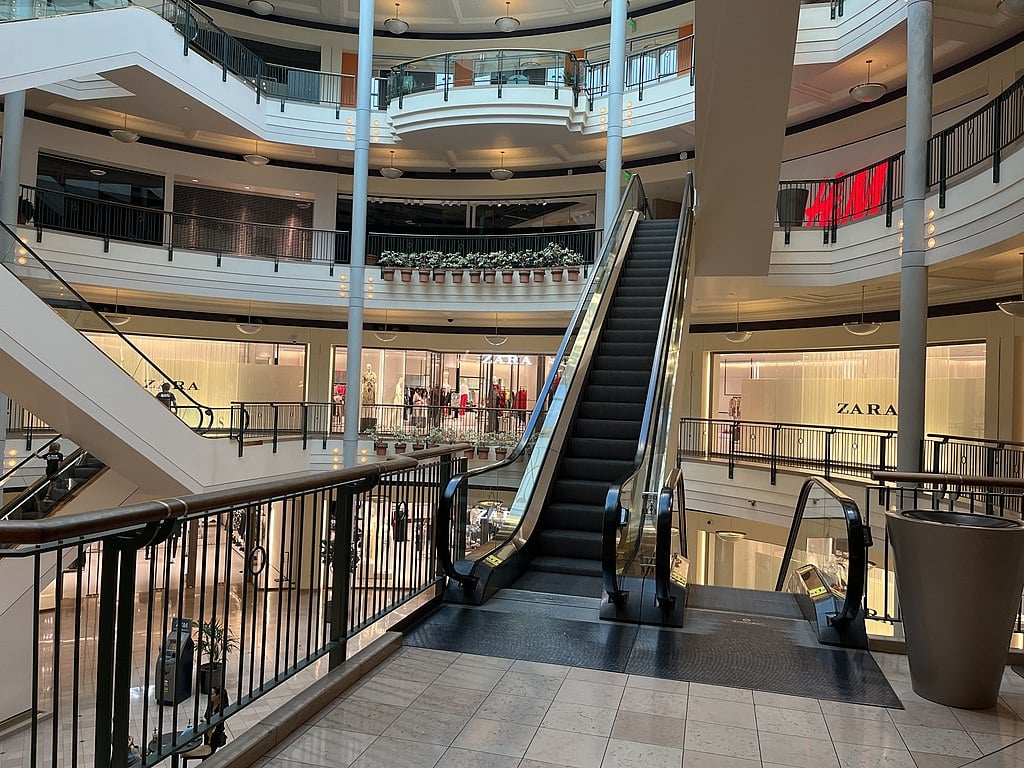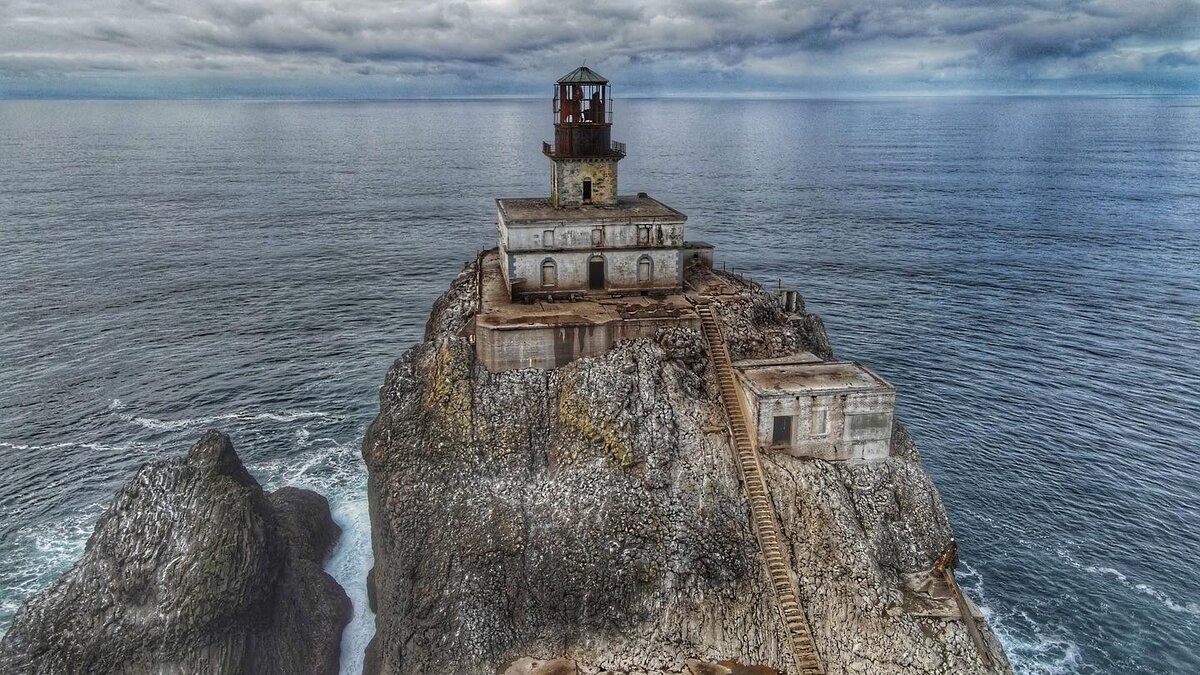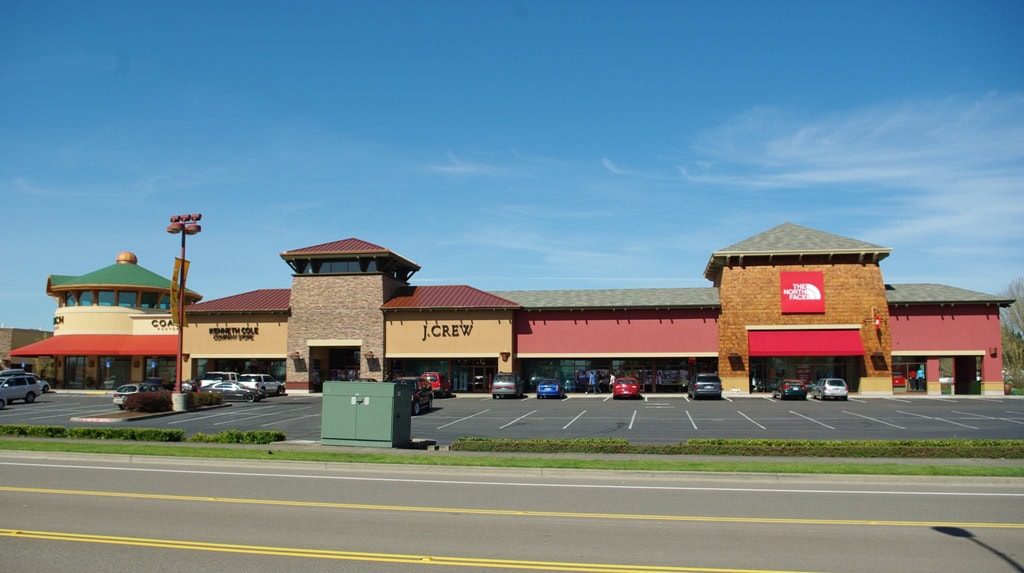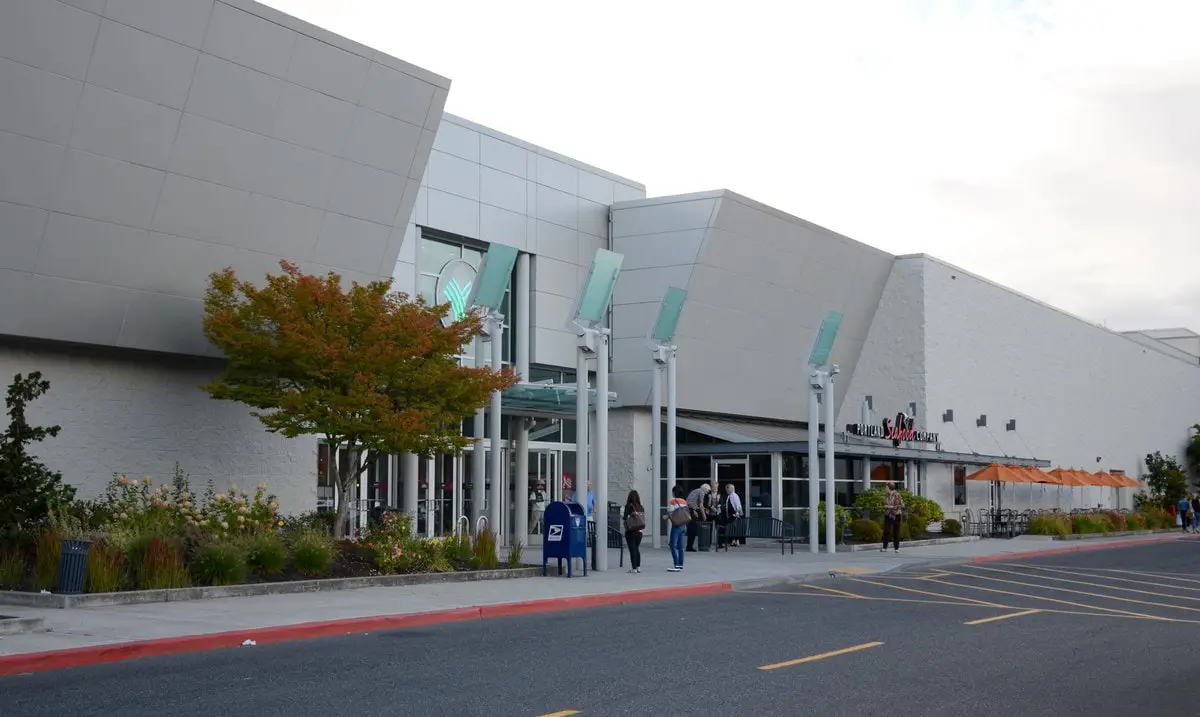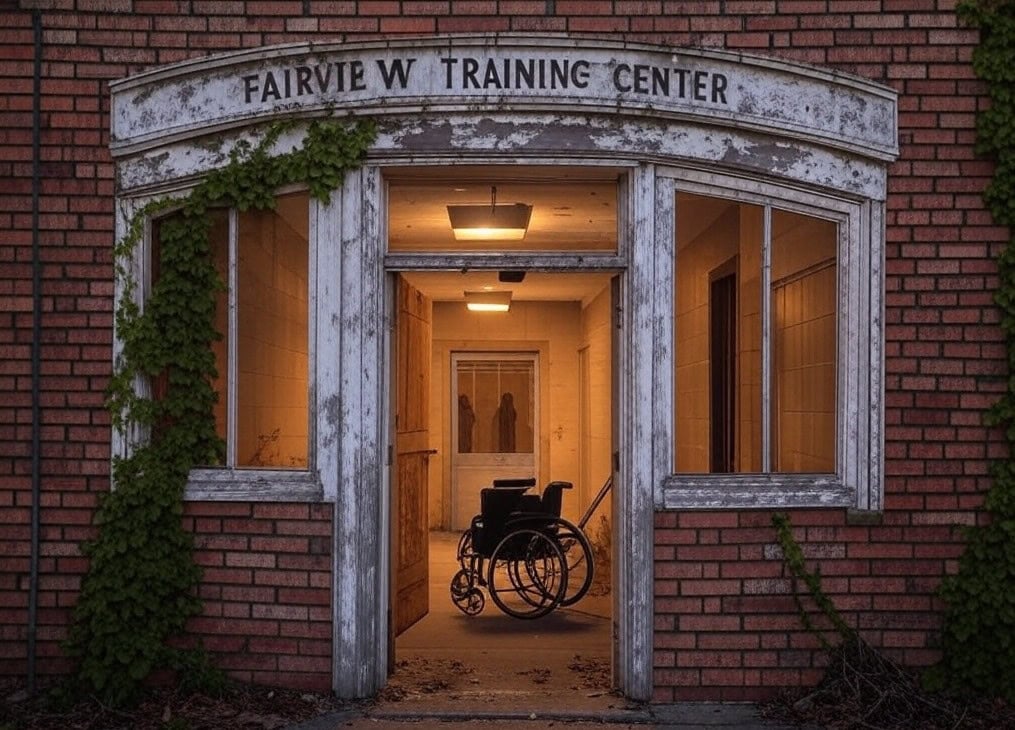Where the Smoke Rose Above the Falls
On a gray January morning in 2025, a column of black smoke rose over Oregon City.
The fire crews said it started deep inside the old Blue Heron Paper Mill, where no one had worked in years.
By the time they arrived, the roof had given way, and the air smelled of wet ash and charred wood pulp.
No one was hurt, but the blaze was another reminder that the mill was still alive in some way, still smoldering in the memory of the town.
For more than a century, the buildings beside Willamette Falls had been part of the heartbeat of Oregon City.
Their noise and steam became background music for generations.
Even now, people still call the place Blue Heron, though the company that bore the name closed its doors long ago.
The mill sat on the edge of one of North America's broadest waterfalls, where the river drops in a white roar that never stops.
The power of the falls gave birth to an industrial town.
It also became a symbol of how industry rises, burns, and fades, leaving only the river to remember.
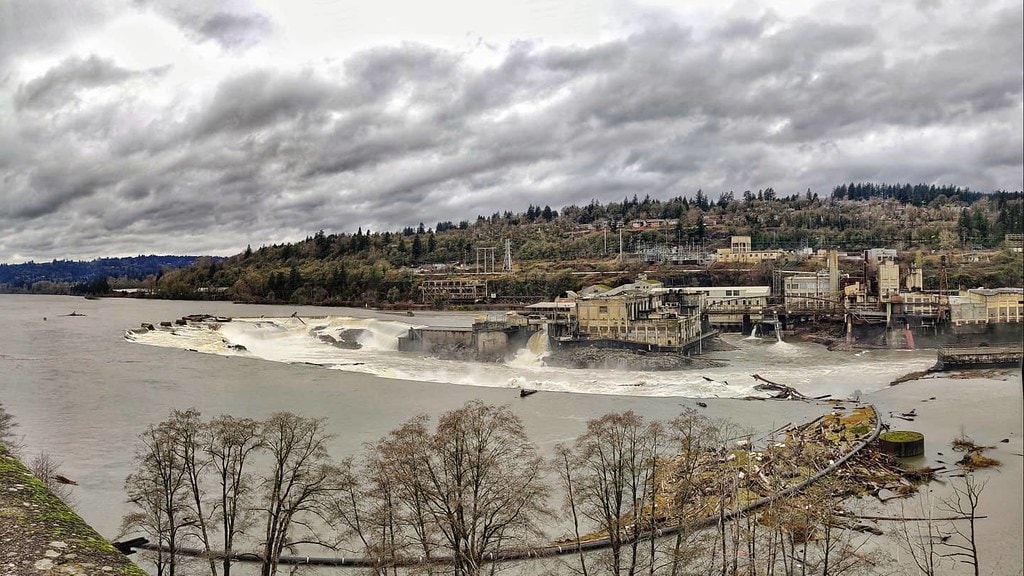
The Early Mill and the Town That Grew Around It
Long before the name Blue Heron appeared, paper had already defined the east bank of the Willamette.
In 1908, a Wisconsin businessman named William Hawley saw an opportunity in the raw power of the falls.
He opened the Hawley Pulp & Paper Company, a factory that turned logs into pulp and pulp into the newsprint that filled homes across the West.
The smell of wood fiber mixed with the mist from the river. People could hear the presses humming day and night.
The mill grew with the city that surrounded it. Children went to school by the sound of the factory whistle.
Downtown shops stayed open late when paychecks came out on Fridays.
By midcentury, the mill was called Publishers Paper, owned by the Times Mirror Company of Los Angeles.
It supplied paper to the Los Angeles Times, the Oregonian, and countless smaller newspapers.
For decades, the town depended on it.
You could stand near the locks and feel the air shake from the turbines and rollers inside.
It was a steady rhythm that made Oregon City feel secure, a place where work and water flowed together.
Workers Take the Helm
By the 1980s, the industry that had once seemed unshakable began to weaken.
Jefferson Smurfit, an Irish-based paper conglomerate, bought the mill and folded it into a global operation.
Competition from overseas tightened margins, and cheaper imports began to flood the market.
The mill that had once seemed eternal began to rust around the edges.
Then, in 2000, something rare happened. The employees, with the help of an investment firm, bought the mill themselves.
They called the new company Blue Heron Paper Company, after the birds that still glided over the river.
For the first time, the people who worked there also owned it.
It was a hopeful experiment, the kind that drew reporters from Portland to see if an old industry could survive on grit and loyalty.
Workers made recycled newsprint and specialty paper, even the brown placemats used in McDonald's restaurants.
But the world was changing faster than the mill could adapt.
The decline of newspapers hit the company hard, and energy costs kept rising.
In 2006, Blue Heron became 100 percent employee-owned, but ownership was not enough to save it.
The recession came, paper prices collapsed, and by 2009, the company had filed for bankruptcy.
Two years later, in February 2011, the last whistle sounded.
One hundred seventy-five people lost their jobs. The town lost its heartbeat.
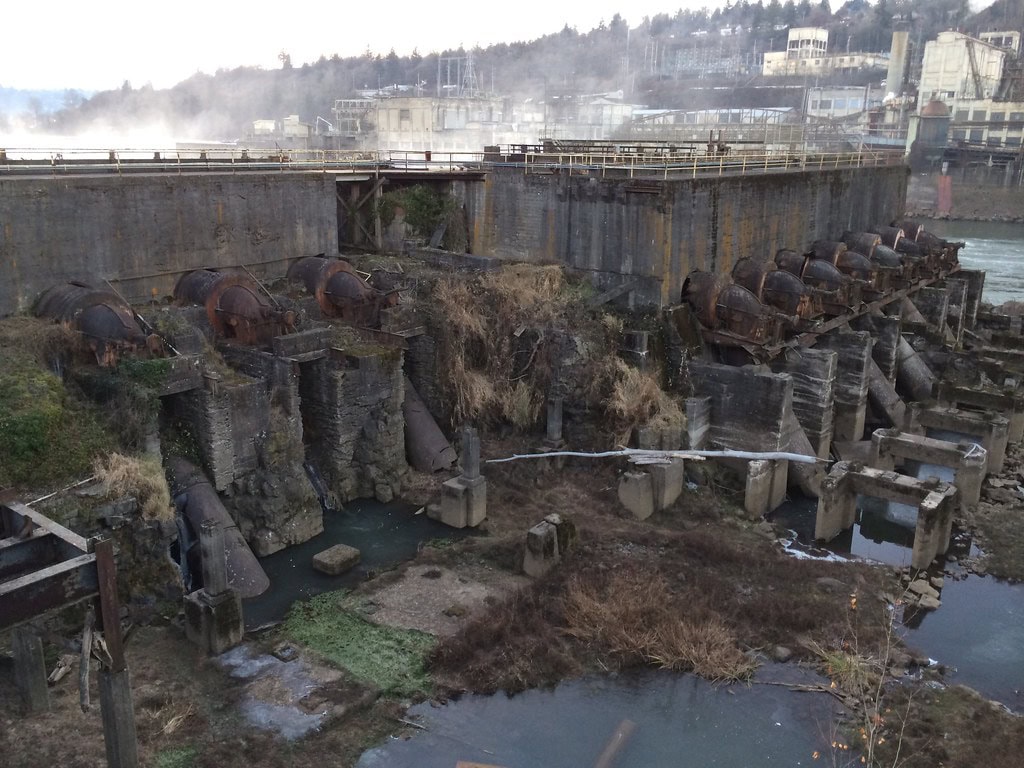
Abandonment and Fire
After the closure, the mill sat silent at the edge of the falls. Windows shattered.
Vines crept up the sides of brick walls once scrubbed clean by the night shift.
Graffiti began to bloom across the old control rooms.
When the rain came, it filled basements that used to hold turbines.
People exploring the ruins could still find paperwork scattered on the floor, time cards yellowed with age.
Homeless residents found shelter in the vast empty rooms.
Adventurers from Portland came with cameras to film the ruins. Then came the fires.
The first one, in December 2020, tore through a section near the river.
Investigators said it was arson, and a suspect was later convicted.
The second fire, in early 2025, started accidentally when someone lit a small flame for warmth.
It spread fast through the dry remains of an empire.
Firefighters said they could not enter safely, that the floors might collapse beneath them.
They fought from the outside while the flames ate through a century of Oregon's industrial history.
Afterward, the air smelled like char, and the river carried a thin layer of ash.
The blue herons returned anyway, wading through the mist.
Return to Tribal Hands
In 2019, a quiet but extraordinary transaction changed the story again.
The Confederated Tribes of Grand Ronde purchased the 23-acre Blue Heron site for $15.25 million.
For the first time in more than a century, the land returned to its original caretakers.
The tribes had lived beside the falls long before any mill stood there.
The Clackamas, Clowewalla, and other bands fished the salmon runs that thundered below the rocks.
To them, Willamette Falls was sacred, a place where the spirit world and the natural world touched.
When the tribes bought the property, they said it was not just an act of ownership but of healing.
They renamed the site Tumwata Village, using the word for waterfall in their language.
Their plan is to restore the land, remove the last of the industrial debris, and build something that connects the past to the present.
Tribal leaders envision a mix of cultural spaces, trails, and gathering areas.
A riverwalk will eventually open to the public, allowing anyone to stand near the roaring water that defined both industry and tradition.
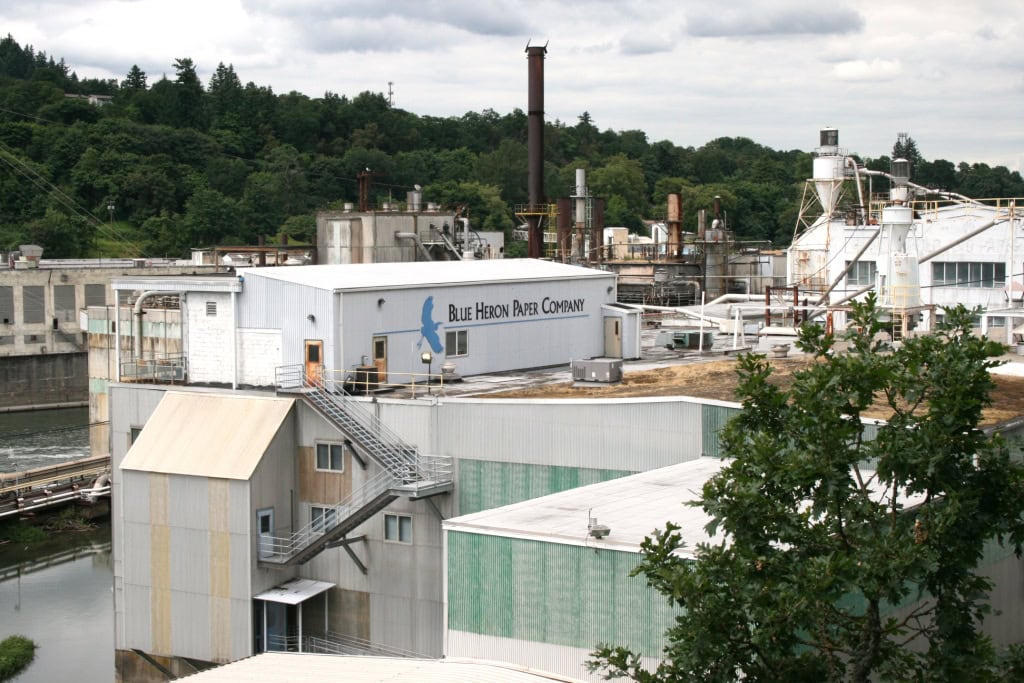
The River's Memory
Today, half the old buildings are gone.
The rest stand open to the sky, their concrete floors sprouting moss and alder saplings.
When it rains, the water trickles through cracks and finds its way back to the Willamette.
The mill that once held the river captive now feeds it again.
Oregon City still sees the ghost of Blue Heron in the skyline.
The falls continue to thunder beside the empty foundations.
Fishermen cast their lines from the riverbank, and photographers climb the bluff to catch the morning light through broken windows.
In summer, the herons return, gliding low over the current.
The story of the Blue Heron Paper Mill is not just about loss.
It is about cycles - of industry, of fire, of return. The machines are gone, but the river keeps its rhythm.
Every drop that falls over Willamette Falls carries a piece of the past, a memory of steam and labor, of tribes who once fished here, and of the people who tried to build something lasting beside a restless river.
In the end, the water remembers. It always has.
